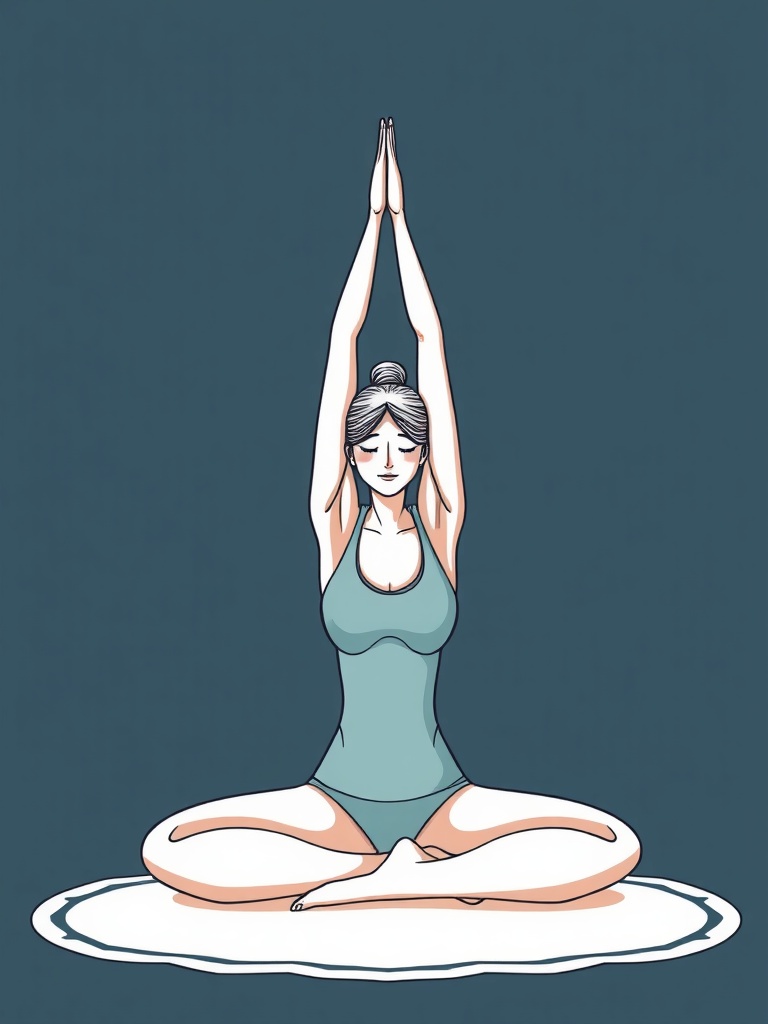Why Yoga Works — and How to Make it Part of Your Routine
Yoga blends movement, breath, and mindfulness to build strength, flexibility, balance, and mental clarity. More than a fitness trend, it’s a practical system you can tailor to any schedule, body type, or goal. Whether you want stress relief, improved posture, better sleep, or a gentle way to stay active, yoga offers scalable practices that deliver tangible results.
Practical Benefits Backed by Research
Research shows yoga reduces stress, lowers perceived anxiety, and improves physical function. Breath-focused practices activate the parasympathetic nervous system, which helps calm the body and improve focus. Regular practice can ease chronic aches like lower-back pain, support joint mobility, and enhance overall resilience when combined with mindful movement.
Popular Styles and When to Choose Them
– Hatha: A steady introduction that teaches alignment and basic poses—great for beginners.
– Vinyasa: Dynamic, flowing sequences that build strength and cardio capacity over time.
– Yin: Slow, deeply held poses targeting connective tissue for flexibility and relaxation.
– Restorative: Prop-supported poses designed to promote deep rest and recovery.
– Iyengar: Precision-focused alignment, often using props for therapeutic practice.
How to Start a Sustainable Home Practice
1. Set a realistic goal: Ten to thirty minutes most days is more effective than sporadic long sessions.
2.
Create a dedicated space: A small, clutter-free area and a reliable mat are enough.
3. Prioritize breath: Begin each session with simple diaphragmatic breathing for one to three minutes.
4.
Mix movement and stillness: Combine warm-ups, a short flow or strength sequence, and a few minutes of stillness at the end.
5.
Use props: Blocks, straps, and bolsters help you access poses without strain.
6. Track progress: Note how your balance, posture, and stress levels change over weeks.
7. Keep consistent variety: Rotate styles to avoid plateaus and keep the practice engaging.
Quick 10-Minute Sequence for Busy Days
– Seated breathwork (2 minutes): Long inhales, slow exhales.
– Cat-Cow (1 minute): Warm up the spine.
– Downward Facing Dog to Forward Fold flow (2 minutes): Mobilize hamstrings and shoulders.
– Low Lunge with twist (2 minutes, 1 minute each side): Open hips and thoracic spine.
– Bridge or Supported Bridge (1 minute): Strengthen glutes and counteract slouching.
– Savasana or Reclined Bound Angle (2 minutes): Ground and integrate.
Safety and Modifications
Listen to your body and avoid sharp pain. For joint concerns, focus on alignment and use props to reduce strain.
Pregnant practitioners should modify inversions and deep twists and consult a qualified teacher or healthcare provider. If recovering from injury, seek a therapeutic or private class to receive individualized modifications.

Finding Classes and Teachers
Hybrid options—small in-person studios plus high-quality online classes—make accessing skilled teachers easier than ever. Look for instructors with clear cueing, emphasis on alignment, and options for modifications. Free trial classes and short series designed for specific goals (e.g., back care or sleep support) are useful for testing a teacher’s style.
Make It Stick
Consistency beats intensity.
Treat yoga as a daily tune-up rather than an all-or-nothing challenge. With a few mindful minutes each day, yoga becomes a practical tool that supports physical health, emotional balance, and clearer focus throughout life.